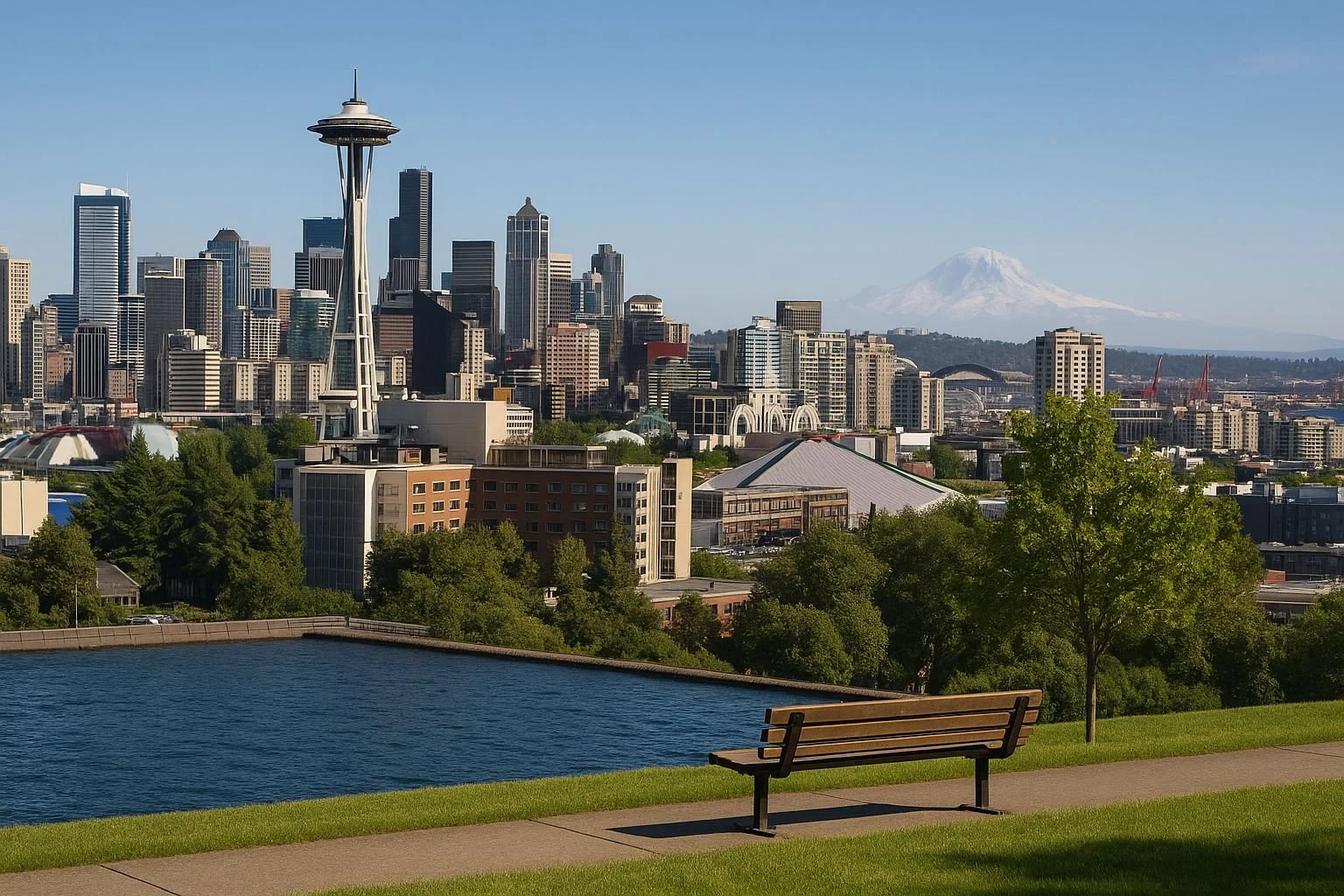Is Seattle worth living in 2025?
Seattle has long been a city that elicits strong opinions — some love its natural beauty and tech-boom dynamism, while others express concern about its high costs and rapid expansion. If you’re wondering whether Seattle is worth living in 2025, you’re not. Let’s dive into the city’s pros and cons and see what daily life is really like, drawing on the latest trends, data and local voices.
The World’s Greatest City — Seattle’s Global Reputation and Quality of Life
Seattle’s international profile has never been higher. In 2025, the city ranked No. 19 in World’s Best Cities report, a jump from 34th the previous year. This ranking is a combination of economic strength, education, access to recreation and data from tens of thousands of people worldwide. Seattle excels on GDP per capita, on the University of Washington (world-class) and unique access to water-based recreation — the latter an increasingly rare perk as some other regions face climate challenges.
The quotation you often hear from locals and newcomers alike for why to stick around is Seattle’s combination of urban excitement and natural wonder. The city’s walkability, number of parks, and vibrant arts and food scenes are repeatedly cited as leading attractions.
Opportunity and Innovation
Seattle’s job market is very strong in 2025, particularly in information technology, health care, and research. Major employers such as Amazon and Microsoft remain the star players of the city’s economy, but there are also upstart and sustainability-focused entrepreneurs on the upswing5. The efficiency and future-readiness of daily life is being impacted by the city’s investments in smart city technology, public transit upgrades, and 5G connectivity.
Seattle’s booming economy translates to many job opportunities, but also more competition for housing and services. Its GDP per capita ranks in the global Top 10, and the city is also the world’s 15th most educated city—making it a magnet for ambitious professionals and students.
Sustainable & Green Living
Seattle’s sustainability credentials go beyond the talk. By 2025, the city has scaled up green building initiatives, expanded its green spaces and made significant investments in renewable energy and green infrastructure. Community gardens, new parks and an emphasis on biodiversity are helping to make city living a healthier and more pleasant experience.
These endeavors are also backed by local services and businesses aimed at sustainability, like Seattle Green Maids, that assists residents in maintaining eco-friendly homes and lifestyles.
Housing: Where There’s Been Progress and Where There’s Not
Housing is still one of Seattle’s biggest challenges. The city has made unprecedented investments in affordable housing, with over 5,100 new units opened since 2022, and a plan to double zoning capacity and generate 120,000 new homes in the coming years6. Mixed-income and affordable developments are being prioritized, while policies are evolving to make sure that growth benefits all residents—not just the wealthy.
But the cost of living is high, and competition for housing is intense. Renters and buyers alike must contend with a market in which prices are far above the national median, though new building and policy shifts are gradually broadening choices for various income levels.
Transportation and Buildings Infrastructure
A lot is changing in Seattle’s transportation network. Expanded light rail lines, enhanced bus networks and AI-powered traffic control are easing commuter journeys and greening the journey to work5 by 2025. It’s also paying off on the bike front and at the pedestrian level, with more residents able to live car-free and with fewer trips behind the wheel.
Arts, Community and Cultural Diversity
The cultural vibrancy of Seattle continues to expand. The city has a vibrant arts community, world-class museums and a diverse culinary scene. New venues and broadened programming, as well as vibrant public spaces, invite discovery and inspire connection.
Seattle is often lauded for being progressive and inclusive, but the rising tide of growth and investment must be shared with all neighborhoods and all communities, not just a few.
Dealing With the Drawbacks: Cost, Growth And Change
No city is without its drawbacks, and Seattle has them all. The very high cost of living — particularly in housing — continues to be a significant obstacle for many. A boom can bring congestion, stress infrastructure and threaten to displace longtime residents2. Some residents fear that during this boom cycle they will lose the unique character of their neighborhoods.
But the city is addressing these challenges head-on through ambitious planning, community engagement, and significant investment in public space and affordable housing.
Reality Check: Making Seattle Work For You
The best way to live in Seattle is to take advantage of its strengths — but find ways to cope with its challenges. For many, that means picking neighborhoods with great transit, taking advantage of the city’s parks and waterfronts and engaging with local communities. Car services, like Seattle Green Maids, can assist busy residents into keeping their home clean and healthy while allowing them to make the most out of everything the city has to offer.
If you want to learn more about Seattle or if you’re considering a move, visit our website if you want local guides, tips and resources to help you navigate the opportunities and challenges of the region.
Is It Worth Seattle in 2025?
Seattle in 2025 is a city on the move — dynamic, green and internationally known for its quality of life. It’s an expensive place to live, but so are the opportunities, amenities and sense of community. For those seeking career advancement, sustainability, and a balance of the urban and natural world, Seattle is still a compelling place to be. You are not stuck anywhere; with proper planning, you can lead life in this changing city with the help of services like Seattle Green Maids.
